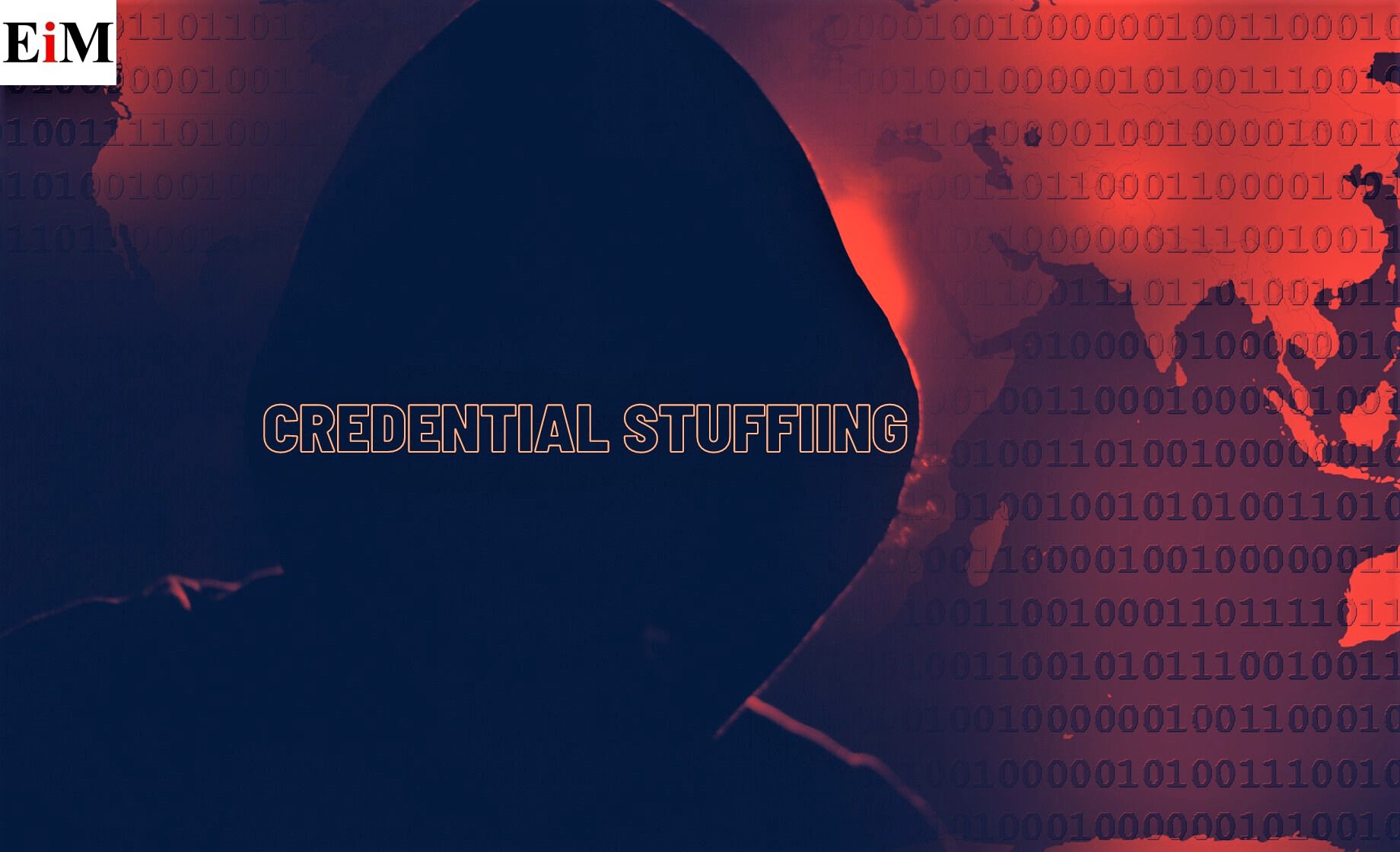
Our online security is more important than ever in today's digital age, as the internet plays a crucial role in our lives. While many of us understand the value of strong passwords and two-factor authentication, there is a lesser-known but equally dangerous issue hiding in the shadows: credential stuffing. This blog will briefly explain what credential stuffing is and give you helpful tips on how to protect yourself from this potentially disastrous cyber danger.
Credential stuffing is a type of cyberattack that takes advantage of the sad fact that many people duplicate passwords across several internet accounts. It includes thieves gaining unauthorized access to additional internet accounts belonging to the same individual by utilizing stolen username and password combinations from one website or service. This attack assumes that if a person uses the same login credentials for various platforms, they have most likely used them on multiple websites.
What Is the Process of Credential Stuffing?
- Data Breach: The first stage in credential stuffing is to obtain a list of compromised login and password pairs, which is frequently obtained via data breaches. These breaches can affect websites, services, or even massive data dumps that reveal user information.
- Automated Login Attempts: Cybercriminals employ automated tools or scripts to try these stolen credentials on multiple websites and services in a systematic manner. They frequently engage software that lets them enter credentials quickly and repeatedly without being noticed.
- Account Takeover: If the attacker finds a matched set of credentials on another website, the person gains unauthorized access to the victim's account. This can lead to a variety of harmful behaviors, including identity theft, financial fraud, and virus distribution.
Why Is Credential Stuffing Risky?
Credential stuffing is risky for several reasons:
- Broad Impact: Because many users reuse passwords across several accounts, an attacker who successfully gains access to one account may compromise several more.
- Automation Ease: Cybercriminals can automate the process, allowing them to quickly test hundreds, if not millions, of login and password combinations.
- Low Detection Rate: Because the login attempts appear to be valid, credential stuffing attacks frequently go undetected by security systems.
- Money and Personal Consequences: Depending on the compromised accounts, victims of credential stuffing may incur money losses, identity theft, and reputational damage.
Protection from Credential Stuffing
Now that we've discussed the risks of credential stuffing, let's look at how you may avoid becoming a victim of this nefarious activity:
- Use Strong, Distinctive Passwords:
- Use a combination of upper- and lower-case letters, numbers, and special characters to create secure, complicated passwords.
- Avoid using information that is easily guessed, such as birthdays or common terms.
- To prevent attackers from accessing numerous accounts if one set of credentials is compromised, use a unique password for each online account.
- Keyboard Password Managers:
Use a password manager to create, store, and autofill complicated passwords for your accounts. Password managers are safe and effortless tools for managing several strong passwords.
- Make Two-Factor Authentication (2FA) available:
Enable 2FA on your accounts wherever possible. This provides an extra degree of protection by requiring a second form of verification in addition to your password, such as a one-time code given to your phone or email.
- Keep Passwords Up to Date:
- Change your passwords frequently, particularly for key accounts such as email, banking, and social media.
- If you learn about a data breach that may have affected a service you use, change your password right away.
- Regularly monitor your accounts:
Check your online accounts regularly for any unusual behavior or unrecognized logins. Many online services send notifications when a user attempts to log in from an unknown device or location.
- Educate Yourself:
Keep up to date on data breaches and security best practices. Knowledge is an effective shield against cyberattacks.
- Beware of Phishing:
Be wary about clicking on links or downloading attachments from unknown sources, since these could be phishing attempts to steal your login credentials.
- Limit the sharing of personal information:
Be cautious of the personal information you disclose online, as cybercriminals can use it to guess your login credentials.
Conclusion
In the digital age, credential stuffing is a huge and growing issue. It takes advantage of the frequent practice of password reuse and can have critical ramifications for both individuals and companies. You may dramatically lower your risk of falling victim to credential-stuffing attacks by following best practices for online security, such as using strong, unique passwords, enabling two-factor authentication, and being updated about prospective breaches. Remember that your online security is in your hands; therefore, take the essential precautions to protect yourself in the ever-changing cybersecurity world.
At ExcelliMatrix, we are not just an IT solutions company; we are your cybersecurity guardians. Protect your business and sensitive information from evolving threats with our cutting-edge services. We promise that your security is our top priority. Just give us a call at 406-646-2102 or Sales@ExcelliMatrix.com. We provide IT support and technological consultation, and you can benefit from partnering up with us. If you find this blog helpful, make sure to share it with your colleagues and friends. Do not forget to subscribe to our newsletter so that you get information like this on a daily basis.
For more blogs like this, check out our website. Stay connected with us on LinkedIn and Facebook, and follow us on Twitter for more information like this.